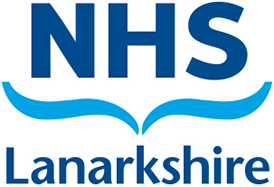Rheumatology Ultrasound
On this page
Related content
Rheumatology ultrasound helps to assess the structures of joints more accurately. It can be performed as an element of clinical assessment in the rheumatology clinic. If ultrasound is not available in the rheumatology clinic patients can be referred to stand-alone rheumatology ultrasound clinics in UHW or to radiology.
Why is ultrasound done?
Ultrasound is performed to:
- To find out if there is any evidence of joint or tendon inflammation when this is not clear from clinical examination alone.
- To guide procedures like draining fluid from the joint or injecting medications.
- To diagnose inflammation of arteries in those with suspected giant cell arteritis.
Who performs ultrasound?
Ultrasound is performed by:
- Dr Anna Ciechomska – UHW
- Dr James Dale – UHW
- Dr Karen Donaldson – UHW, UHM
What does ultrasound examination involve?
Rheumatology ultrasound clinics are located in the Physiotherapy area in UHW.
During an ultrasound scan,
- Gel is placed on your skin, and a probe is moved gently over your skin in the affected area.
- The probe emits sound waves that travel through the tissues and bounce back to the probe.
- The sound waves are converted to create an image on a screen which the doctor can use to tell you what they think is wrong.
Your scan will take approximately 30 minutes
If you would prefer to
- Bring shorts for a scan of your knees or hips
- Bring a vest for a scan of your shoulders or blood vessels
If steroid injections are planned at the clinic you may need to rest your joints after the injection
- You may have to cancel work planned for the rest of the day.
- You may have to arrange for someone else to take you home.
Your Feedback – comments, concerns and complaints
NHS Lanarkshire is committed to improving the service it provides to patients and their families. We therefore want to hear from you about your experience. If you would like to tell us about this please visit our feedback page.

